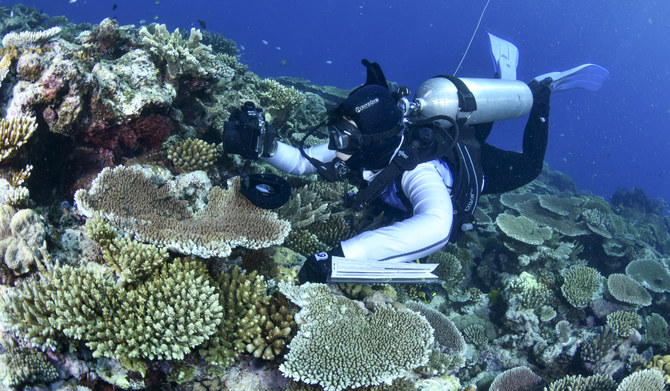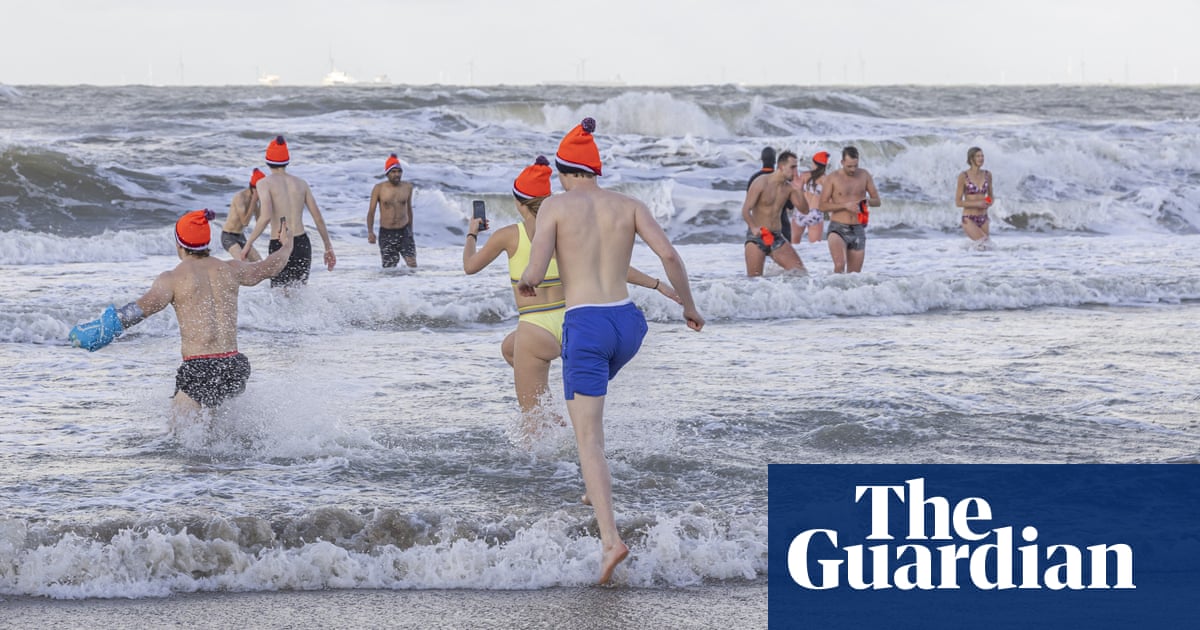
When scientists found women in the remote Faroe Islands had unusually high concentrations of toxic industrial chemicals in their breast milk, it seemed a surprising discovery.
The north Atlantic archipelago, which lies between Iceland and the northern tip of Scotland, is far from sources of industrial or chemical pollution. And the chemicals that the 2005 Stockholm University study measured, which included polychlorinated biphenyls (PCBs), had already been phased out in many countries.
So how did this happen?
The chemicals were coming from the ocean or, more specifically, from the pilot whales that make up an important part of the islanders’ diet.
PCBs, part of a group of toxic chemicals called persistent organic pollutants (POPs), are able to travel huge distances around the planet through air and water, affecting communities far away from the source of contamination.
They make their way into the sea, building up in the fatty tissue of marine animals. Once in the food chain, these chemicals can “biomagnify” as they pass from prey to hunter, reaching higher concentrations in top predators. That is why it can be riskier to regularly eat large marine animals such as tuna – or pilot whales, in the case of the Faroe Islanders – than, say, mackerel, anchovies or sardines.
Inuit living in the Canadian Arctic have also been found to have higher POP levels in their blood than the general population of Canada, predominantly due to their diet of fish and marine mammals such as walrus and narwhal.
What is happening in Canada and the Faroe Islands is one snapshot of the dangers of a group of chemicals that have, it turns out, an outsized impact on people, wildlife, food chains and entire ecosystems.
In the 1920s, PCBs – a family of 209 synthetic industrial chemicals – were developed for use as cooling fluids and flame retardants in machinery, electrical goods, paints and building materials. Stable, non-flammable and heat resistant, the chemicals had multiple uses. But that stability, once such a positive attribute, meant they did not disappear or degrade even long after production had ceased.
After peaking in the 1960s, use of PCBs began to decline from the 1970s as the health effects became more apparent and countries banned the chemicals. Scientists started to link PCBs to negative effects on the immune systems of animals and people, endocrine disruption, reduced fertility, neurodevelopmental problems and reduced IQ in children. They have also been classified as a probable carcinogen.
Today, most PCBs are found in sealed landfill sites, old electrical equipment and prefabricated buildings made before the 1980s. Unless you live very close to an industrial or agricultural site, your most likely source of PCBs is food.
A list of 12 POPs known as the “dirty dozen” – including PCBs and the synthetic insecticide DDT – were banned in 2004 by an international treaty, the Stockholm convention, and more chemicals have since been added. To date, 185 parties have signed the treaty, promising to implement control measures. But even with widespread bans, pollution continues to spread.
Some chemicals face production restrictions, such as DDT, which cannot be manufactured or applied as an insecticide in agriculture in most countries but can still be used to control malaria.
Others are being eliminated. The treaty calls for PCBs to be phased out in equipment by 2025 and all PCBs to be eliminated by 2028. But so far the treaty has not succeeded in turning off the tap for much of this toxic pollution. Only 17% of the total amount of PCBs has been eliminated worldwide, with 83% (14m tonnes) still to be dealt with, according to the UN Environment Programme. An estimated 1m tonnes of PCB-contaminated material are waiting to be destroyed in Europe alone.
The most effective way to get rid of PCBs is by incineration at extremely high temperatures, an expensive and sometimes logistically impossible process. But unless existing stocks of chemicals are dealt with and disposed of appropriately, they will eventually end up in the environment.
Already, the ocean acts as a PCB sink but so far, only a tiny proportion of the legacy contaminant has entered the marine environment. As buildings and materials are destroyed and dumped, more PCBs will continue to leach into waterways.
The climate crisis may play an aggravating role, speeding up the movement of chemicals around the planet. As temperatures rise, POPs will evaporate even more easily into the atmosphere. In the future, this “grasshopper effect”, by which pollutants evaporate in warmer regions and travel in air currents to cooler places, could have an even greater impact on people, animals and places thousands of miles away from the source of pollution.
And history may be repeating itself. Some of the most persistent synthetic chemicals available today, PFAS (per- and polyfluoroalkyl substances), known as “forever chemicals”, could become the PCBs of the future.
PFAS make products waterproof and stain-resistant, among other uses, but the chemicals’ strong carbon-fluorine bonds mean they do not biodegrade, accumulating in the soil and water and affecting human health. Polluting PFAS that escape into the ocean often come back to shore when released into the air from the sea-spray aerosols of crashing waves – this “boomerang effect” is further evidence that toxic chemicals do not get diluted by the sea.
While legislation is slow, more stringent preventive measures are urgently needed to make sure the emerging pollutants in use today will not become the legacy contaminants of the future.
Extracted from Anna Turns’ latest book, Go Toxic Free: Easy and Sustainable Ways to Reduce Chemical Pollution












